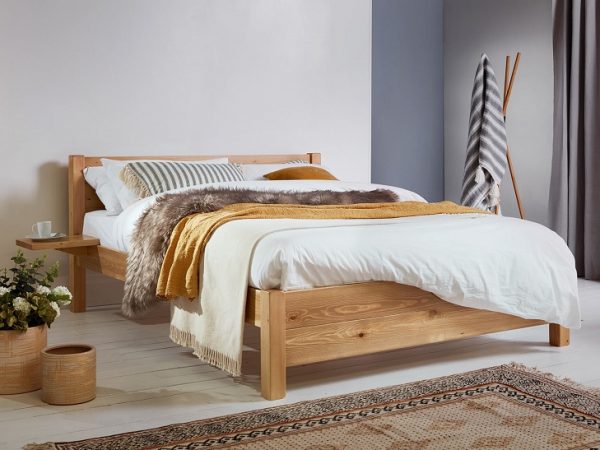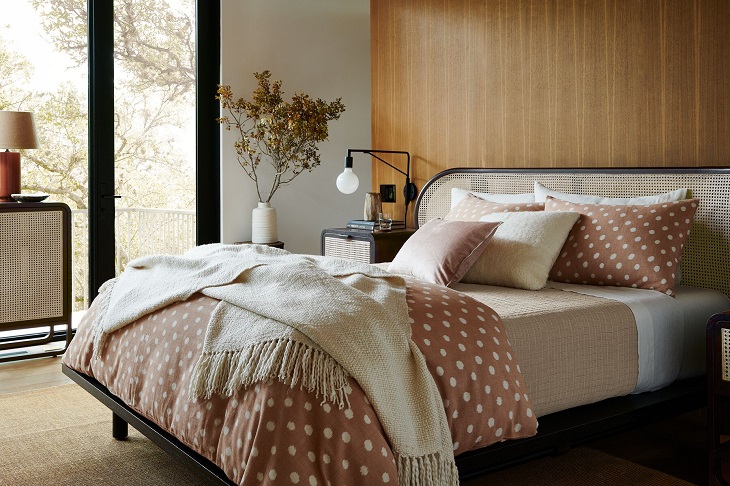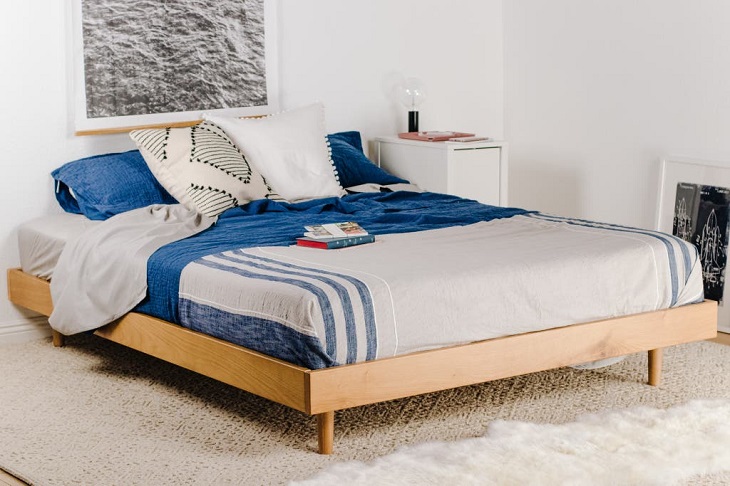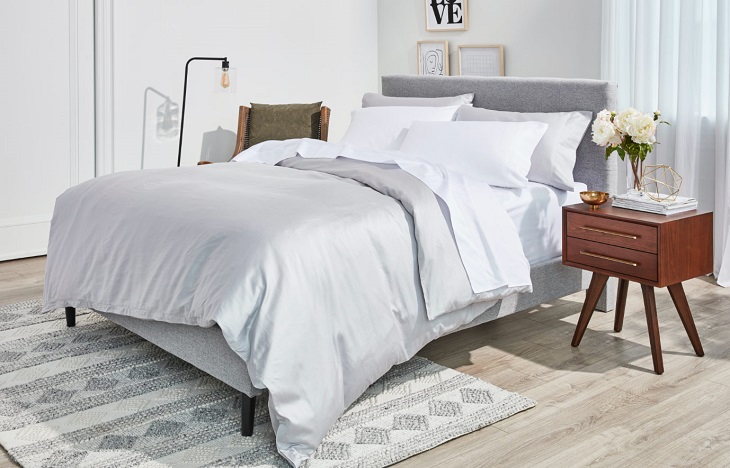15
Feb

Getting adequate sleep is an important part of our physical and psychological health. When it comes to achieving a good night’s sleep, experts highlight the importance of creating a relaxing atmosphere in the bedroom by banishing electronics and investing in comfortable bedroom furniture like quality mattress to set a solid foundation for R&R.
One factor that is often NOT mentioned, but that can also impact slumber, is the type of bedsheets. The right ones can feel like a cloud, transforming your bed into the ultimate oasis. The wrong sheets, on the other hand, can result in an agonizing sweaty snooze or truly uncomfortable night.
Getting your bedsheets right means investing in high-quality brands and fabrics that won’t start pilling or feel rough after a few cycles in the washer and dryer. While there is no secret formula for the best set of sheets, understanding the difference between the materials and thread count can help you figure out what’s right for you.

I’ll start talking about thread count because it has become a popular indicator in the search for the softest, most sleep-inducing bed line. Thread count refers to the number of strands of fabric (thread) per square centimetre of fabric. It is calculated by counting the number of horizontal and vertical threads that make up the weave of the fabric. Is higher thread count better, you may ask? Not exactly – the quality of the actual thread should be the main point of consideration, not just how many of them there are.
The quality of the threads is defined by what they are made from and what type of threads they are. For example, a 1000tc sheet made from high quality, extra-long-staple fibre, with the right weave will be a luxurious five-star hotel quality sheet. A 100% cotton sheet with a 1000 thread count is a great option to consider.
The breathable characteristics of cotton give the bedding a light feel and a luxurious softness, allowing it to bring comfort, warmth, and elegance to any sleep environment. Aside from its abilities to deliver the perfect feel against the body, organic sheet that’s got 1000 thread count is available in a range of colours to match any motif. Due to the higher thread count, these sheets don’t wrinkle much, though you may still want to do some minor ironing to enjoy that crisp, desirable softness.
It’s important that you understand that if you have poor-quality materials and manufacturing, a high thread count like the 1000tc sheet still won’t make much of a difference. However, if you have quality material, then a low thread count doesn’t necessarily mean it’s not a quality product. A great example of this is linen. Linen sheets often have low thread counts because their fibres are substantially larger, which means a lower thread count per square centimetres.

Which bedsheet material is the best? Chances are you know the difference between textured linens, crisp cotton sheets and cosy flannels, but can you tell what sets one apart from the other?

Different types of 1000tc sheet cotton bedding are available and they are generally distinguished by the length of cotton fibres, which determines quality. Long-staple cotton produces a stronger, smoother yarn that results in a softer sheet with less pilling and more durability. Different types of cotton include Pima and Supima cotton featuring extra-long staples and Egyptian cotton, which is handpicked to yield extra-fine yarn.
The weaving method determines whether the sheets are crisp or ultra-soft. Percale cotton uses the standard “one-over-one-under” weave method that gives it a lightweight, matte finish that feels almost crinkly. Sateen cotton uses the three-over-one-under” weave method, which gives it a delicate and more luxurious texture than Percale. Jersey cotton has a small and tight single-knit composition that makes it ultra-soft and stretchy.
Linen is a versatile fabric. It has the ability to keep you cool in the summer and warm in the winter, maintaining breathable composition. Derived from a flax plant, linen fibres are thicker than cotton, have a subtle texture and a soft finish. The moisture-wicking properties of linen make it cooler than cotton.
Flannel sheets are the favourite option during cold weather. They can be crafted from wool, cotton or synthetics and can come either in plain or twill weave. They can also be napped or raised, which is a brushing technique that gives a slightly textured and velvet-like feel.
On the synthetic side, you’ll find microfibre, which is typically sourced from polyester or other comparable materials. Featuring extremely fine fibres, microfibre is affordable and warm, but not very breathable. There are also those 1000 count thread sheets that are a blend of polyester with organic cotton for extra strength and softness.
When shopping for your sheets keep in mind that just because a product is labelled organic, this doesn’t necessarily mean it is sustainable or chemical-free. Also, ultra-white sheets can be bleached white coloured bedding and may not be organic due to the dyes used. Sheet sets featuring GOTS certification means they are really organic, free of harmful chemicals, include certain sustainability and pollution standards and fair worker protection and practices.